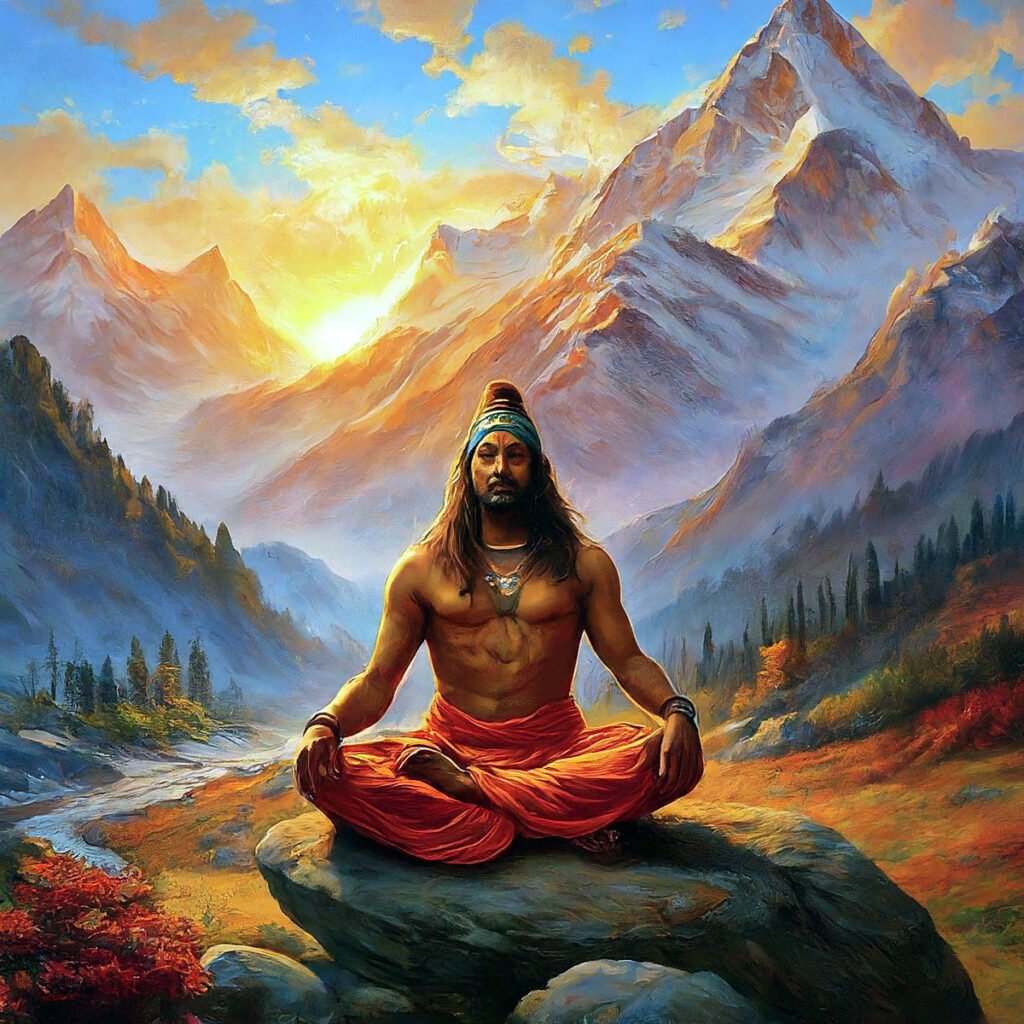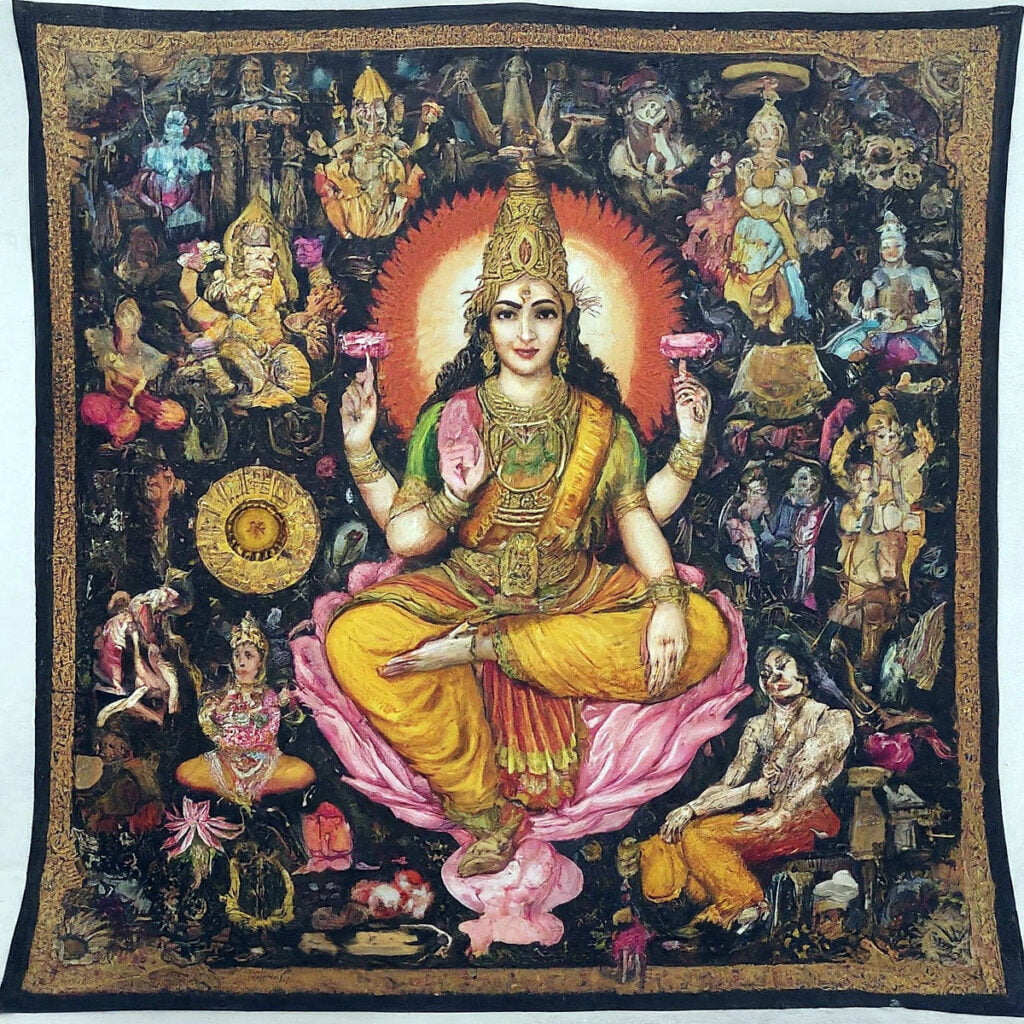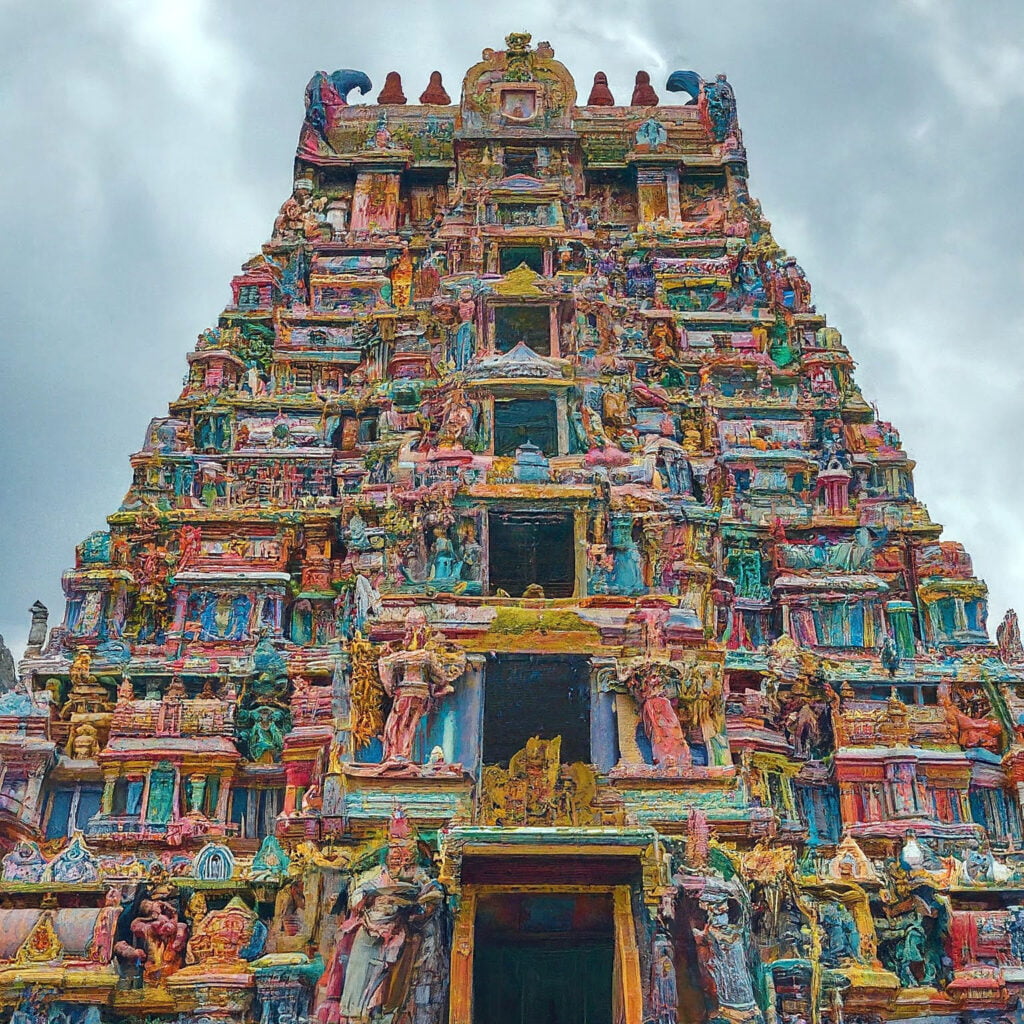Is Sanatana Dharma and Hinduism Same
Is Sanatana Dharma and Hinduism Same: The rich cultural and spiritual tapestry of India has woven together a diverse array of philosophical traditions, rituals, and beliefs over millennia. At the heart of this tapestry lies the concept of Sanatana Dharma, often interchangeably used with Hinduism. However, delving deeper into the intricacies of these terms reveals a nuanced relationship that goes beyond mere semantics. In this exploration, we aim to unravel the connection between Sanatana Dharma and Hinduism, examining their historical roots, philosophical underpinnings, and the contemporary understanding of these terms.

Contents
- 1 Historical Context on Sanatana Dharma and Hinduism:
- 2 Philosophical Foundations of Sanatana Dharma and Hinduism:
- 3 Sacred Texts and Rituals of Sanatana Dharma and Hinduism:
- 4 Cultural Diversity and Pluralism of Sanatana Dharma and Hinduism:
- 5 Contemporary Understanding of Sanatana Dharma and Hinduism:
Historical Context on Sanatana Dharma and Hinduism:
To comprehend the relationship between Sanatana Dharma and Hinduism, it is imperative to delve into the historical origins of both concepts. Sanatana Dharma, translated as the “eternal law” or “eternal order,” is a term deeply rooted in ancient Indian scriptures, including the Vedas and Upanishads. It signifies a cosmic and moral order that governs the universe, encompassing not only religious rituals but also ethical principles and societal duties.
Hinduism, on the other hand, is a term that gained prominence in more recent times, particularly during the colonial period. Historically, the term “Hindu” was used by Persian and Greek travelers to refer to the people living beyond the Sindhu (Indus) River. Over time, this geographical designation evolved into a religious identity, encapsulating the diverse spiritual traditions of the Indian subcontinent. The modern concept of Hinduism as a unified religion emerged under colonial influence, as British scholars attempted to categorize and understand the multifaceted traditions of India.
Read More>> Why do we Ring Bells in Hindu Temples?
Philosophical Foundations of Sanatana Dharma and Hinduism:
While Sanatana Dharma encompasses a broad spectrum of philosophical and spiritual traditions, Hinduism as a term often refers to the collective identity of these diverse traditions. The six classical schools of Indian philosophy, namely Nyaya, Vaisheshika, Samkhya, Yoga, Mimamsa, and Vedanta, find their place within the umbrella of Sanatana Dharma. Each of these schools offers distinct perspectives on metaphysics, epistemology, and ethics, contributing to the holistic understanding of the eternal order.
Vedanta, a prominent school within Sanatana Dharma, is particularly crucial in shaping the philosophical contours of Hinduism. Advaita Vedanta, propounded by Adi Shankaracharya, emphasizes the non-dual nature of reality, asserting that the ultimate truth (Brahman) is devoid of distinctions. This philosophical stance has had a profound impact on Hindu thought, influencing the concept of God, the nature of the self (Atman), and the interconnectedness of all beings.
Read More>> What is Kamasutra in Hinduism

Sacred Texts and Rituals of Sanatana Dharma and Hinduism:
The sacred texts revered by followers of Sanatana Dharma, such as the Vedas, Upanishads, Bhagavad Gita, and Puranas, form the bedrock of Hindu scriptures. These texts not only provide insights into the cosmic order but also offer guidelines for ethical living, rituals, and the pursuit of spiritual knowledge. The rituals prescribed in these texts vary widely, reflecting the diverse regional and sectarian practices within the broader framework of Sanatana Dharma.
Hinduism, as a term, encapsulates the multiplicity of deities, rituals, and cultural expressions that have evolved over centuries. The worship of deities like Vishnu, Shiva, Devi, and others, along with elaborate rituals and festivals, is an integral aspect of Hindu religious life. The expansive and inclusive nature of Hinduism allows for a myriad of paths – be it the way of devotion (Bhakti), knowledge (Jnana), or disciplined action (Karma) – providing adherents with the flexibility to choose a spiritual journey aligned with their temperament.
Read More>> Oldest Religion in the World
Cultural Diversity and Pluralism of Sanatana Dharma and Hinduism:
One of the defining features of both Sanatana Dharma and Hinduism is their inherent diversity and pluralism. Sanatana Dharma accommodates a wide range of beliefs, practices, and sects, fostering an environment where different philosophical schools coexist harmoniously. Hinduism, as the term commonly used today, reflects this diversity, incorporating various regional traditions, sects, and the synthesis of indigenous practices with incoming influences.
The amalgamation of diverse cultural elements, such as art, music, dance, and architecture, further illustrates the rich tapestry of Hinduism. Temples across India showcase intricate sculptures depicting mythological narratives, while classical art forms like Bharatanatyam and Odissi have deep-rooted connections to Hindu religious themes. This cultural richness is not confined to any narrow definition but flourishes within the expansive embrace of Sanatana Dharma.
Read More>> Is Eating Non-Veg a sin in Hinduism?

Contemporary Understanding of Sanatana Dharma and Hinduism:
In contemporary discourse, the terms Sanatana Dharma and Hinduism are often used interchangeably, reflecting the evolving nature of language and identity. While some scholars argue that Sanatana Dharma represents the timeless and universal principles underlying Hinduism, others contend that the term Hinduism is a valid and inclusive label for the diverse religious traditions within the Indian subcontinent.
In India, the Constitution recognizes Hinduism as a way of life rather than a rigidly defined religion, acknowledging the pluralistic nature of the nation. This inclusivity allows for the coexistence of various religious traditions, including Buddhism, Jainism, Sikhism, and indigenous tribal beliefs, under the broader umbrella of Hinduism. However, this categorization is not without its complexities and debates, as it raises questions about representation, minority rights, and the relationship between religious and cultural identities.
Read More>> Niyoga in Hinduism: Unveiling a Controversial Practice in Hinduism
Conclusion:
The relationship between Sanatana Dharma and Hinduism is a multifaceted tapestry that weaves together historical, philosophical, and cultural threads. Sanatana Dharma, as the eternal order, encompasses the diverse philosophical schools and spiritual traditions that have shaped the Indian subcontinent for millennia. Hinduism, a term with colonial origins, serves as a convenient umbrella for the myriad expressions of Sanatana Dharma, reflecting the rich cultural and religious diversity of India.
In the contemporary context, the interchangeability of these terms highlights the fluid nature of identity and the challenges in categorizing a tradition as diverse as Hinduism. Whether one identifies with the timeless principles of Sanatana Dharma or embraces the inclusive label of Hinduism, the essence lies in the pursuit of truth, ethical living, and the realization of a harmonious cosmic order that transcends the boundaries of time and space.
